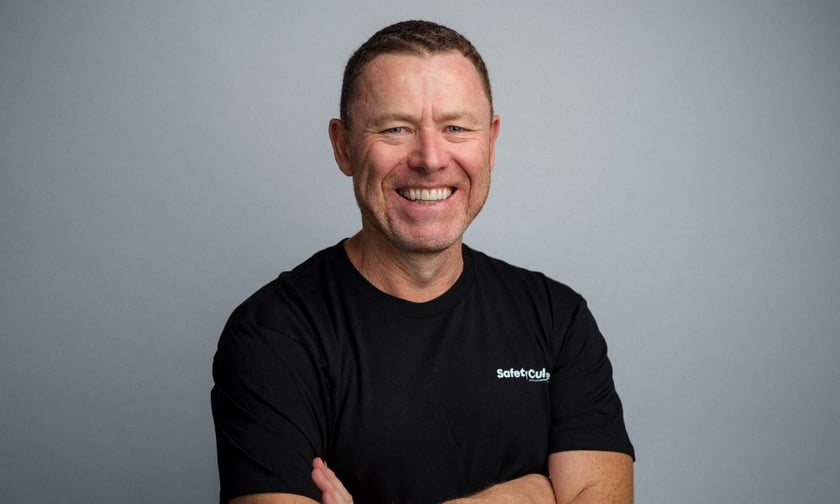

Insurance companies have access to huge amounts of data. Sydney-headquartered firm SafetyCulture is currently grappling with how to go about putting that data to use.
“SafetyCulture has an enormous client base and goes deep into lots of industry verticals including hospitality, construction, mining and aviation,” said Frank Costigan (pictured above). “What we want to do – and we're not there yet – but the reason why we’ve got actuaries and data scientists on the site is because we want to start getting insights from these organizations where we can see what they're doing.”
Costigan is managing director of his firm’s workplace risk management and business insurance offering called SafetyCulture Care.
He suggested to Insurance Business that anonymised data sourced from his firm’s clients could be a real key to managing and reducing risks across entire industry sectors.
“We'd love to pull that data together and then proactively give insights to customers in Australia and say, ‘Look, if you're running a café, here are the five things we think you should do on a regular basis,’” Costigan said.
For a café that may include arguably obvious but important things like cleaning the coffee machine and training staff, said Costigan. However, for complex businesses, like supermarkets, he was clearly expecting insights that would be very useful for brokers and their customers.
“Coles is one of our biggest customers here in Australia,” Costigan said. “They use it every day, in every store, so there must be insights as to what they're doing to mitigate risk in a retail outlet,” he said.
Costigan hopes one day to be able to share that data and any insights it brings.
“We've got this ability to go deep in industry verticals and provide that level of insight,” he said. “We definitely want to do that but we're not there yet.”
IB asked Costigan how that information sharing would work, especially given the regulations and sensitivity around data.
“We would be anonymizing all the data and looking at things that are minimising issues in that workplace and looking for trends,” he said.
Costigan said, for the businesses in the same sectors, access to this data could show them what checks or training they are missing and why they are getting particular insurance claims.
“We're trying to actually become preventive and offer insights that help prevent issues in the workplace,” he said.
SafetyCulture Care launched in Australia in March.
“We set some goals for June 30, the biggest insurance month and we made our goals,” Costigan said. “We’re really pleased so far, but it’s early days and the biggest challenge for us is getting out and educating the market.”
The offering is distributed exclusively through brokers. Costigan’s firm is busy spreading word to the broker community through conferences like the Steadfast Convention in Australia and similar gatherings in New Zealand.
One question brokers often ask, he said, is which business sectors are best suited to this blend of business insurance, workplace safety and risk management?
“Hospitality, manufacturing, retail and construction are the four industry segments where we think it [SafetyCulture Care] makes a lot of sense,” Costigan said.
He gave an example of a hospitality business that signed up through a broker.
“We’ve won a business recently, an affiliation of clubs, where we’re rolling out the tools to each of those members and requiring them to do the checklist, such as looking for trips, slips and fall hazards and making sure staff have done training for the responsible service of alcohol, those sort of things,” Costigan said.
He said there are 100 individual policies within that risk management and insurance scheme and it’s a requirement that the SafetyCulture risk management tools are used.
“We’re delighted to work with that broker and those 100-plus customers and the insurer, which is Allianz, is delighted that we’re doing that as well,” Costigan said.
When IB asked him if he thought using the risk management tools could bring a business’s insurance costs down, Costigan cautioned against assuming this categorically.
“I think, absolutely, there is an opportunity and we think that can happen - but what I think we need to do is actually demonstrate the management approach to mitigating issues in the workplace,” he said. “A lot of these organizations haven’t done that before and it takes a little time for an insurer to say, ‘We hear what you’re saying but show me the evidence.’”
Are you a broker? How do you see the evolving area of workplace safety risks and business insurance offerings? Please tell us below.
